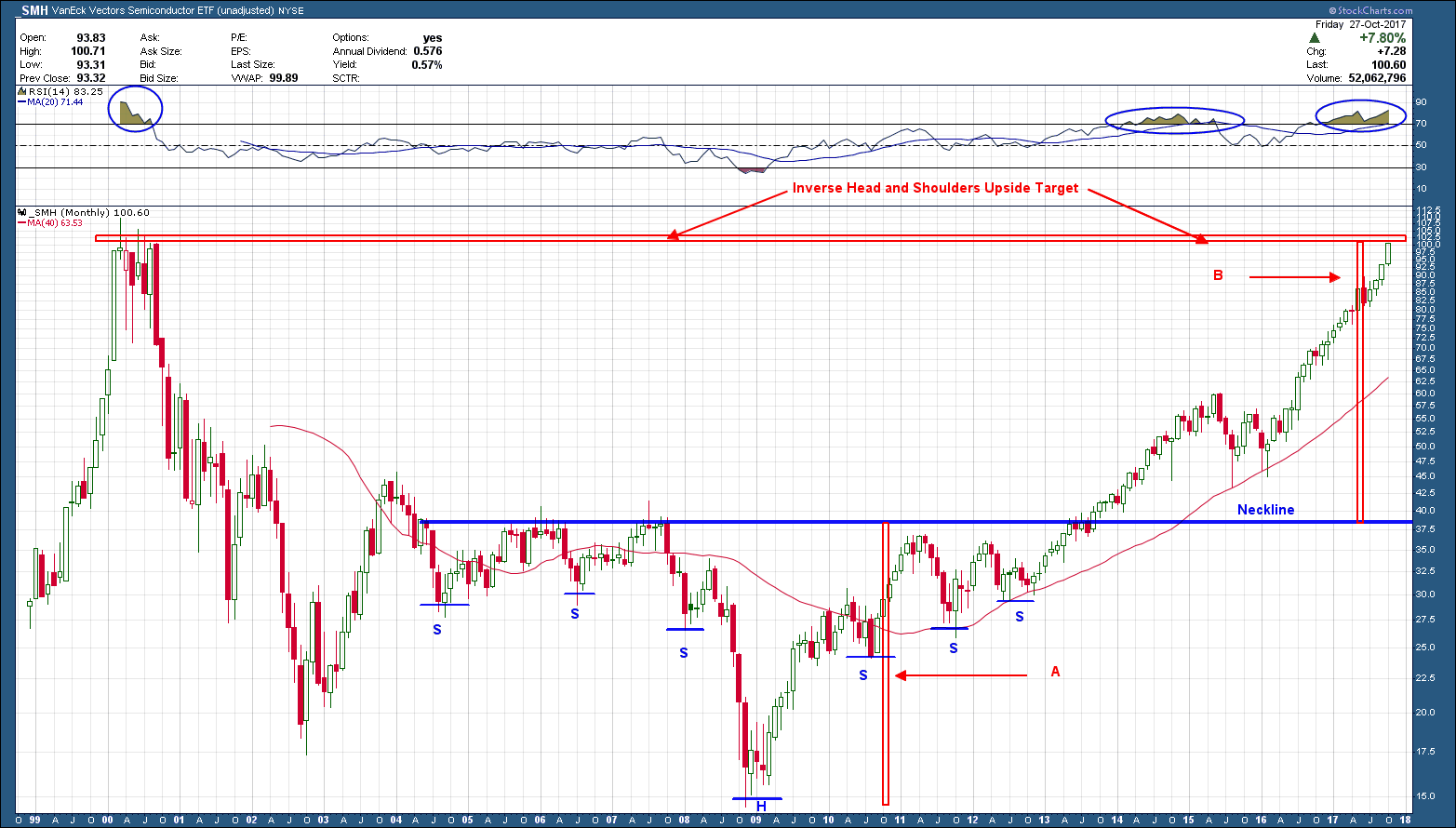“Soft” commodities include coffee, cocoa, sugar, corn, wheat, soybean, fruit and livestock. The term generally refers to commodities that are grown rather than mined. Many, due to deflationary pressures, have been in a downtrend since 2016. As the economy chugs along, risk asset prices in the stratosphere and interest rates climbing, based upon our understanding of economic cycles, it makes sense to see commodities gain strength.
A couple that look very interesting and setting up for big future gains are cocoa and sugar as you can see in the charts below. As you can see they look very similar. Both topped, sugar later than cocoa, fell almost 50% and have based for more than 5 months. In addition, both have formed positive RSI momentum divergence and are in the process of creating a higher high while attempting to break above prior resistance. Some important first steps necessary for a trend reversal to the upside.







